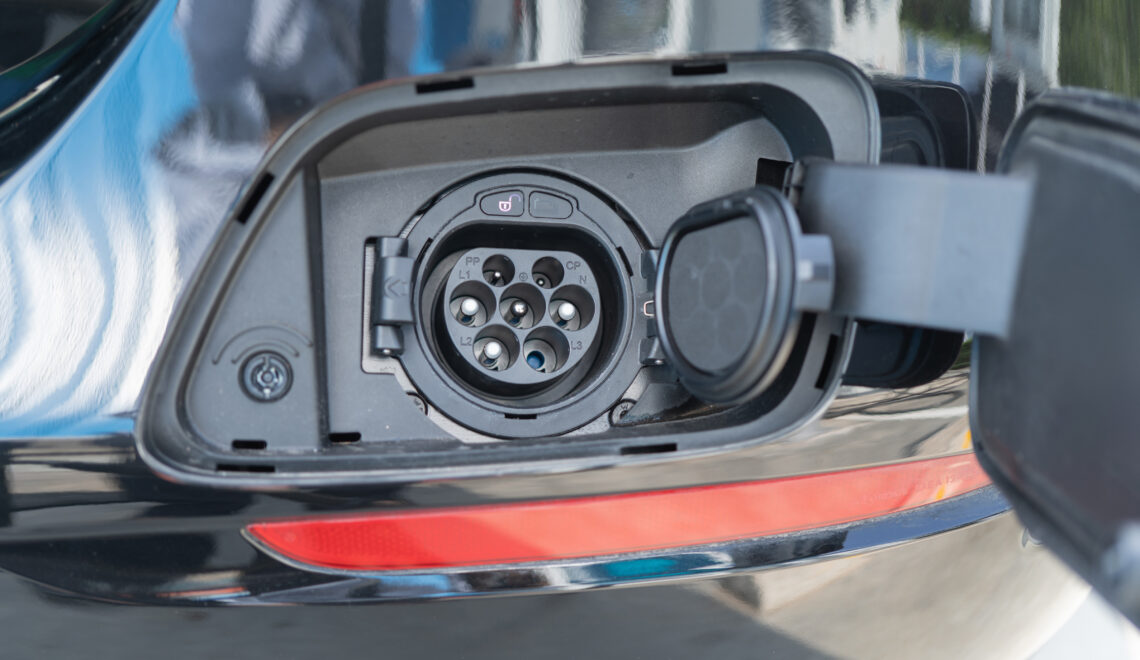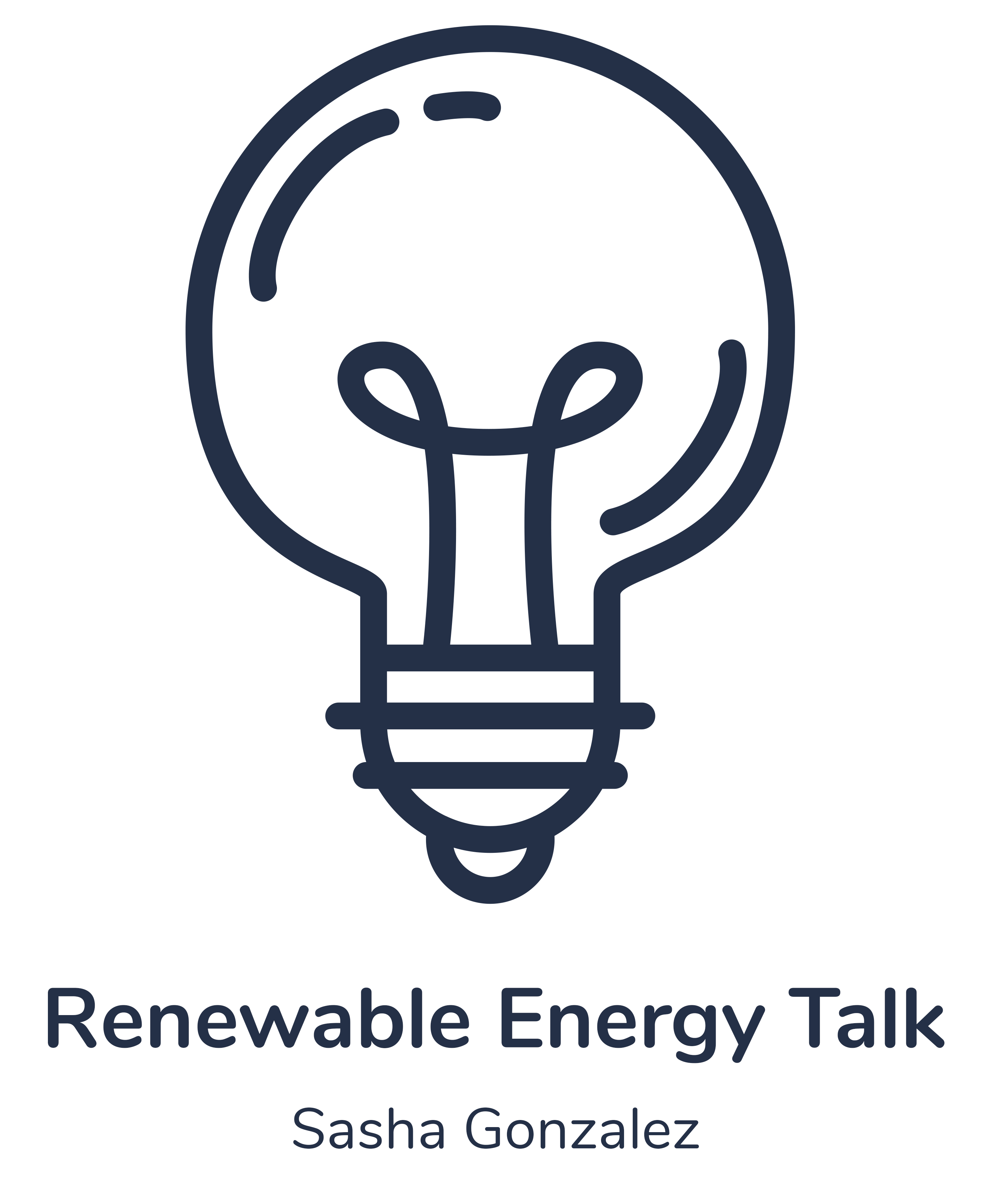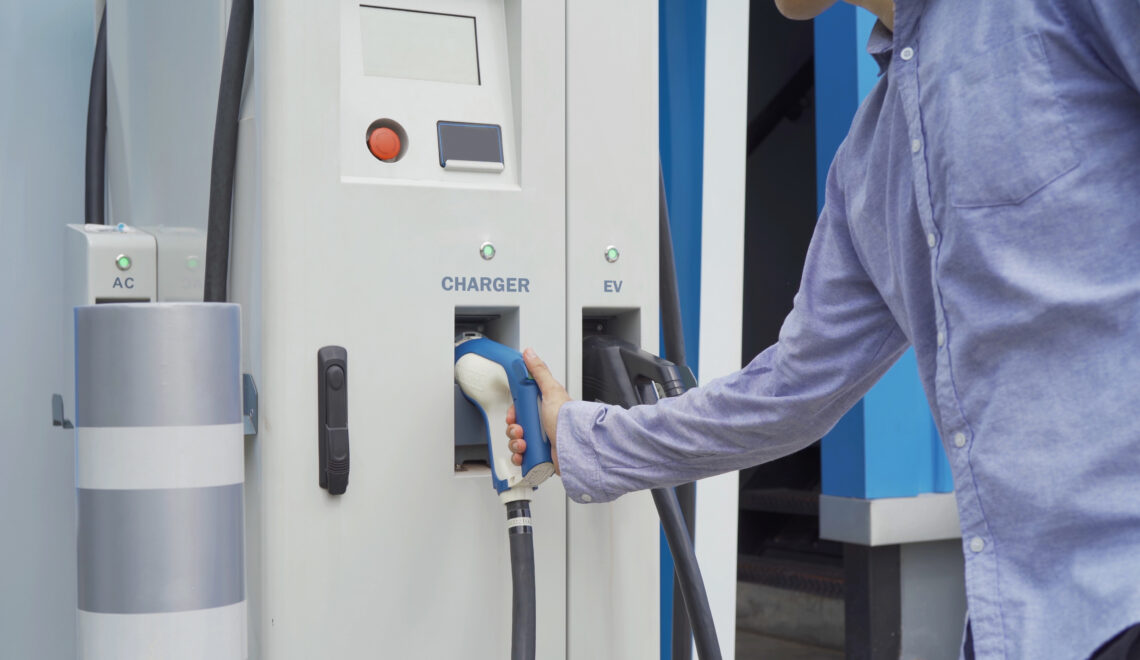
The good news is that EV charger infrastructure is growing rapidly. The Biden administration has announced plans to install 500,000 EV chargers across the country by 2030. This will be accomplished through a mixture of public and private investments.
One of the biggest challenges facing the EV charger infrastructure is the need for more high-speed chargers. Many existing charging stations only offer slower charging speeds, which can be frustrating for EV drivers who need to charge quickly. However, new fast-charging technology is being developed that can fully charge an EV in 20-30 minutes.
Another trend in EV charger infrastructure is the use of renewable energy sources. Many charging stations are now powered by solar or wind energy, reducing the carbon footprint of EVs even further.
Government Incentives for EV Charger Infrastructure
To encourage the expansion of EV charger infrastructure, many governments are offering incentives for both public and private investment. In the US, for example, the federal government offers a tax credit of up to 30% for the installation of EV charging equipment. Some states also offer additional tax incentives or grants for EV charger infrastructure.
As EVs continue to gain popularity, the need for public EV charger infrastructure will only continue to grow. However, the future is looking bright. With government support and new technology, we can expect to see a significant expansion of EV charger infrastructure in the coming years. So if you’re considering purchasing an EV, rest assured that charging your vehicle won’t be a problem for much longer.




